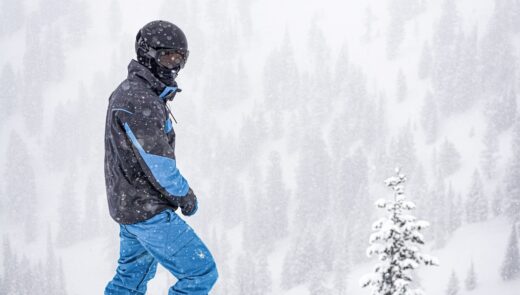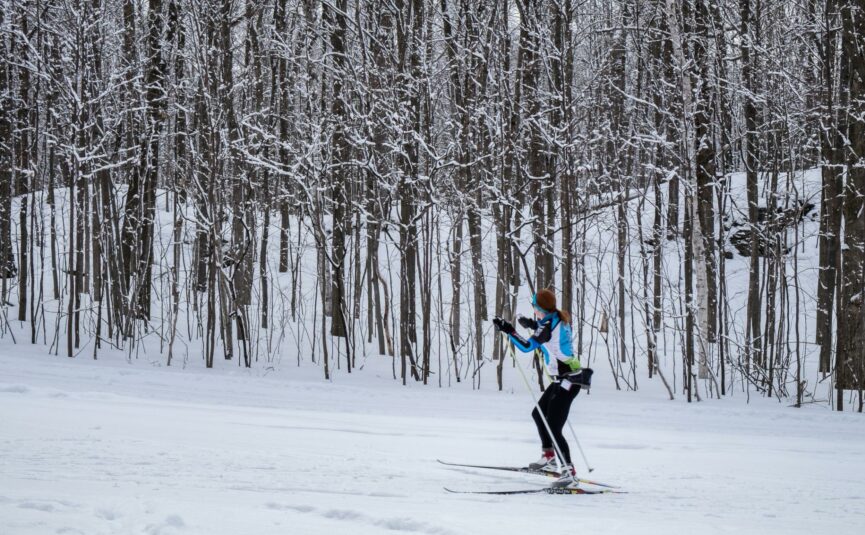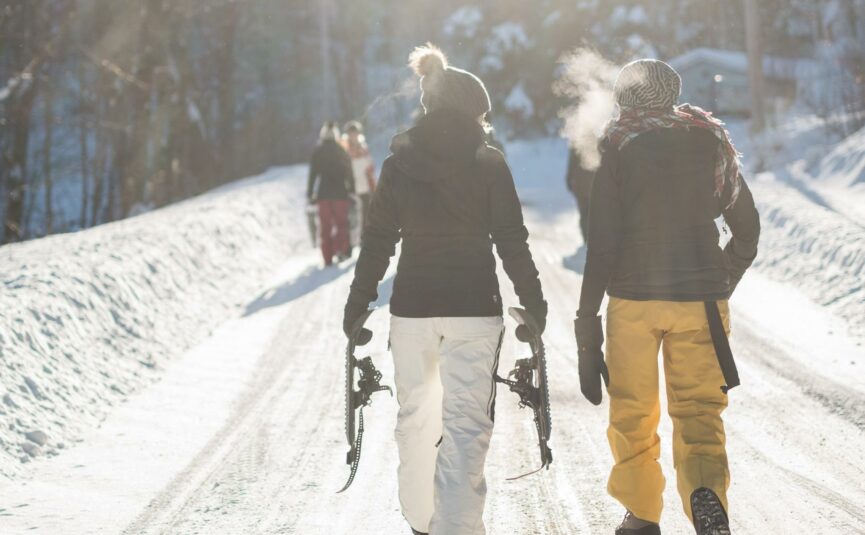Skip to:
Cafe OPEN 9am-3.30pm, MTB Shuttles & hire available until April 28th!
24hr: 0cm
-
Resort Activities
All Resort ActivitiesSummerOPEN- Until April 28th 2024BikingOPEN- Until April 28th 2024WinterJune 8th to October 6th 2024
-
Mountain info
OverviewGetting prepared
Cafe OPEN 9am-3.30pm, MTB Shuttles & hire available until April 28th!
View our FAQs
Back
Summer
OPEN- Until April 28th 2024
Biking
OPEN- Until April 28th 2024
Winter
June 8th to October 6th 2024
Back
Search



